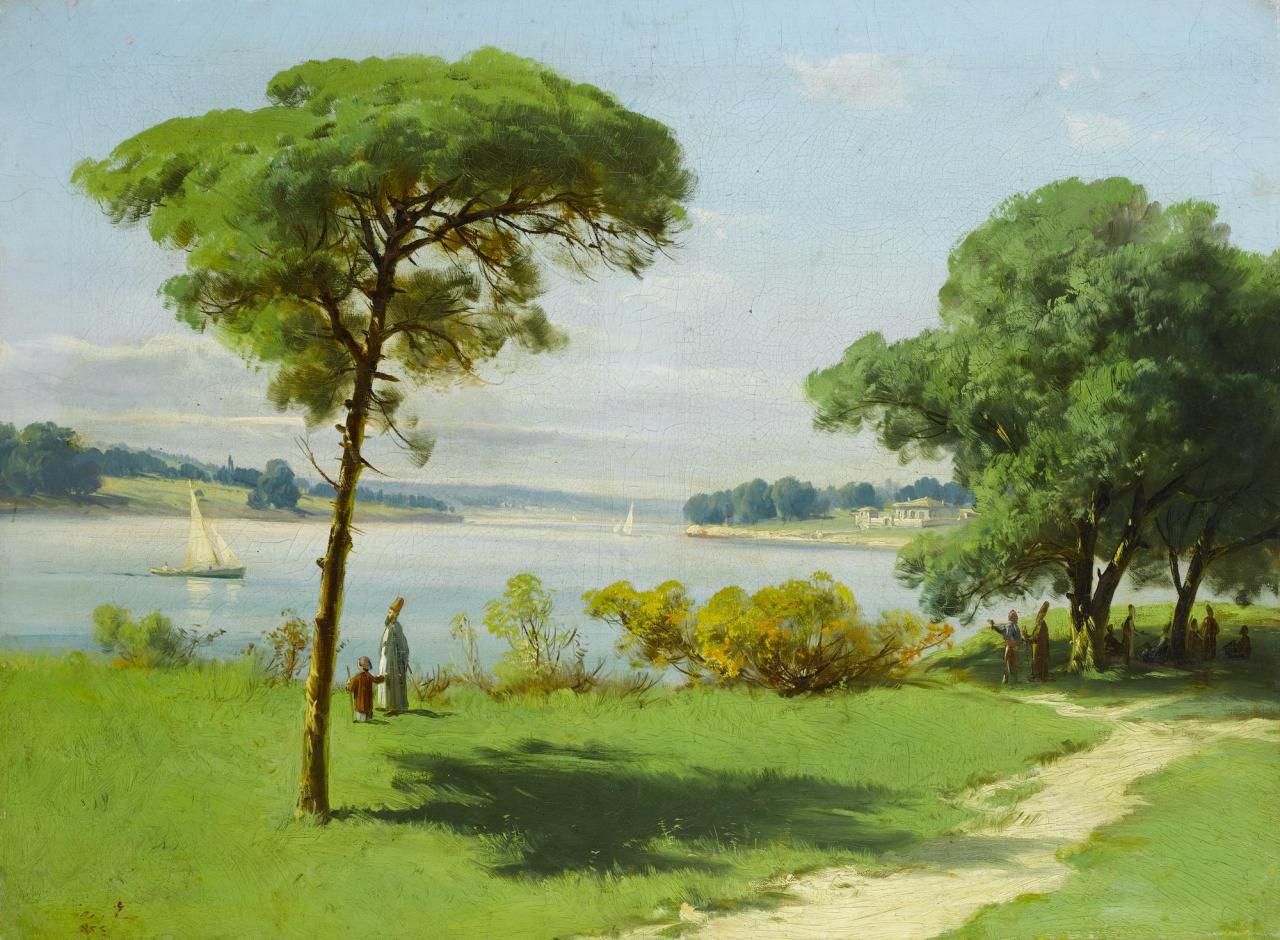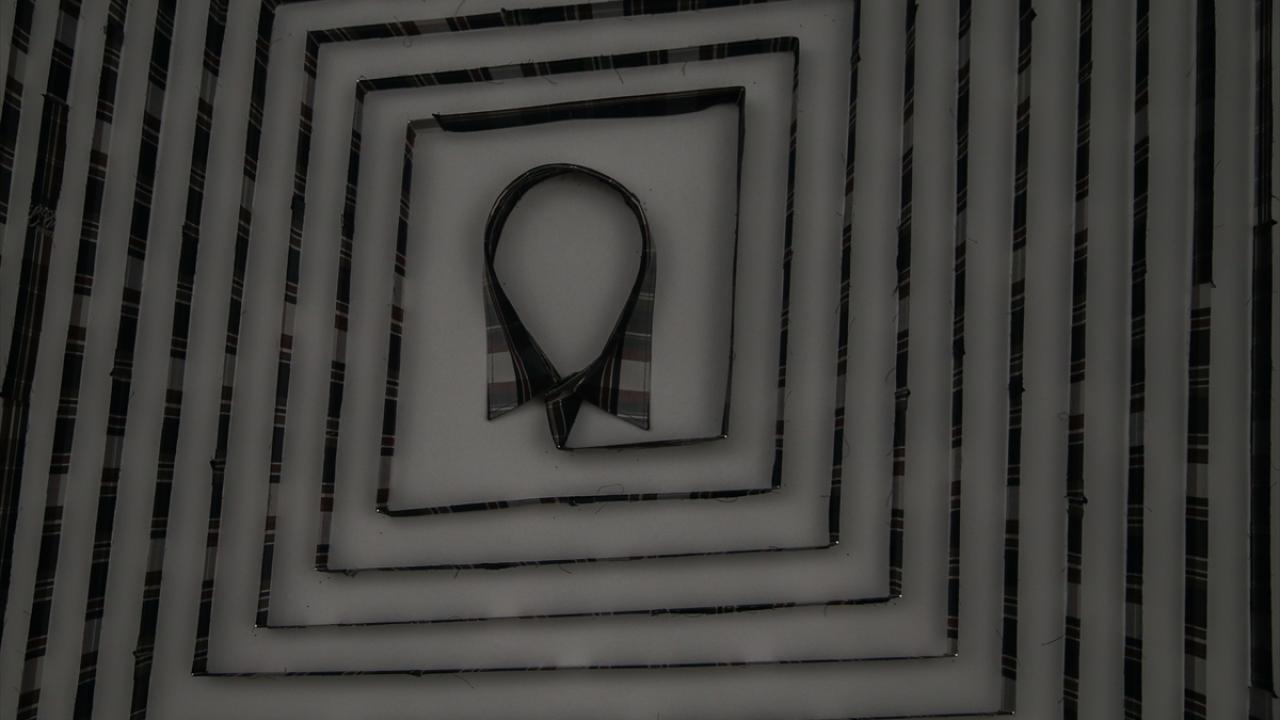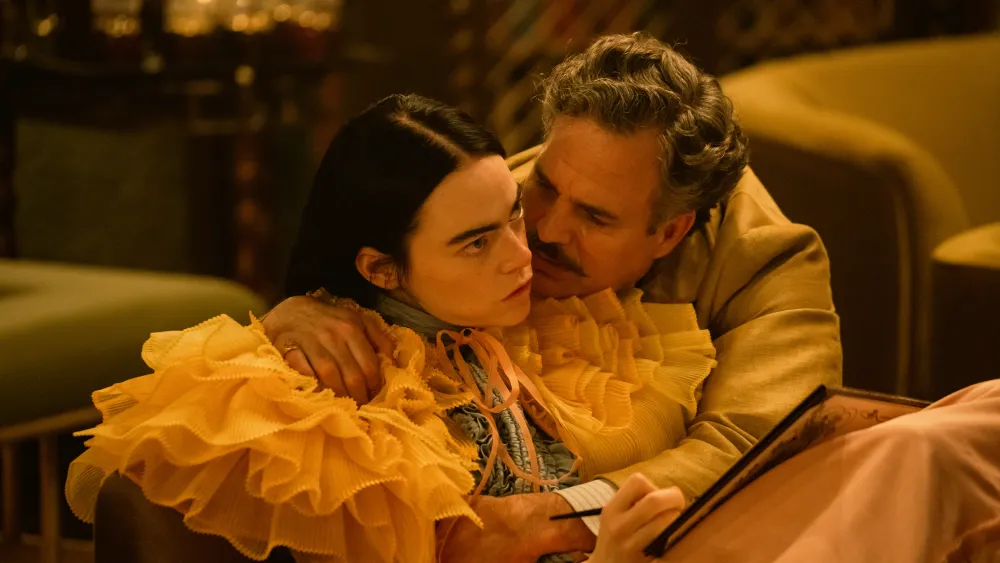Turkish Painting: In the Pursuit of Modernism follows the development of painting from its adoption as a genre in the newly Westernising Ottoman Empire to the first artists of the Republic, who aimed to create an intellectual foundation for their art. The exhibition presents works from the Sakıp Sabancı Museum Painting Collection in chronological order and renders visible moments of interaction and transformation between different generations.
The period between the proclamation of the Tanzimat Edict in 1839 and the First Constitution of 1876 witnessed a series of reforms designed to regulate the political, social, and economic structure of the Ottoman Empire in a Western sense. During his reign, Sultan Abdülmecid (r. 1839-1861) continued the modernisation process commenced by his father, Sultan Mahmud II (r. 1808-1839), not only initiating significant changes in government and education but also enabling the development of an innovative cultural scene during the Tanzimat era. Sultan Abdülmecid was an accomplished calligrapher as well as a statesman and commissioned a Western-style portrait of himself by the artist Ferik İbrahim Paşa (1815-1891), the first soldier painter to go to Europe for artistic training. This new process of modernisation that still maintained respect for Ottoman traditions was, therefore, present in the sultan’s very person.
Sultan Abdülaziz (r. 1861-1876), was interested in both calligraphy and painting, and was a keen patron of the arts. He initiated the Sergi-i Umûmî-i Osmânî (the Ottoman Exposition), an international fair held in Sultanahmet Square in 1863. Visiting the 1867 Paris Universal Exposition, Sultan Abdülaziz also became the first Ottoman sultan to travel to Europe for non-military purposes. During his reign, several soldiers trained in painting at the military academies were appointed to direct arts at the court. They received the title of Yaver-i Şehriyâr-i Hümâyun, indicating close personal service to the sultan. Abdülaziz’s yaver (aide-de-camp), the soldier painter Şeker Ahmed Paşa, advised the sultan in establishing the first imperial painting collection at the Dolmabahçe Palace. Sultan Abdülaziz also broke the previously held prejudice against figurative sculpture, becoming the first and only sultan to commission an equestrian statue of himself, made by English sculptor Charles F. Fuller and cast in bronze. European artists invited to the palace at this time may have had a limited audience, but they also had broader cultural contact and influence outside of the court. New palaces built throughout the nineteenth century in line with Western tastes, such as the Dolmabahçe, Beylerbeyi, Çırağan, and Yıldız, required new interior decoration schemes in accordance with the new way of life inspired by the West, and Ottoman rulers quickly commissioned foreign artists to work on murals, oil paintings, and even sculptures.
Court Painters
The nineteenth century saw the reorganisation of the social and political structure of the Ottoman state within a Western framework, and also served as a backdrop for an increased interest in painting at court. The way sultans in this period approached the medium of painting directly affected its acceptance and popularity at the public level. With the Ottomans turning to the West for inspiration, cultural exchange intensified, paving the way for European painters who came to Istanbul to meet the demand for exoticism in the West. The palace also commissioned foreign painters to satisfy the new interest in painting on canvas. While some were invited specially by the court, others presented their works to the sultan and were awarded the High Medal of Honour and various gifts. One of the pioneers of Ottoman Westernisation, Sultan Mahmud II (r. 1808- 1839) commissioned portraits from European painters, his son Sultan Abdülmecid (r. 1839-1861) had portraits painted by both Western and local artists, and more Western artists were appointed in the palace during the reign of Sultan Abdülaziz (r. 1861-1876).
Among the artists employed by the court was Polish artist Stanisław Chlebowski (1835-1884), who worked on the interior decoration of the Beylerbeyi Palace and who was named court painter in 1864. The French artist Pierre-Désiré Guillemet also arrived in Istanbul in 1864, invited by Sultan Abdülaziz, and founded the first Ottoman painting academy in the district of Pera in 1874. The Italian painter Fausto Zonaro was deemed worthy of the title of Ressâm-ı Hazret-i Şehriyârî (Painter to His Highness the Sultan) by Sultan Abdülhamid II, and was appointed to the position in recognition of his accomplishment in painting The Ertuğrul Cavalry Regiment, presented to the sultan in 1896. In addition to being the court painter under Abdülhamid II, Zonaro made great contributions to the creation of a new artistic environment in Istanbul, opening numerous exhibitions and teaching in his painting studio, which was open to the public. While the Armenian-Russian painter Ivan Konstantinovich Aivazovsky did not receive the official title of court painter, he visited Istanbul many times between 1857-1890, was commissioned to produce works for the palace, received several medals of different ranks, and left an indelible mark on the social and cultural life both inside and outside of the Ottoman court.







